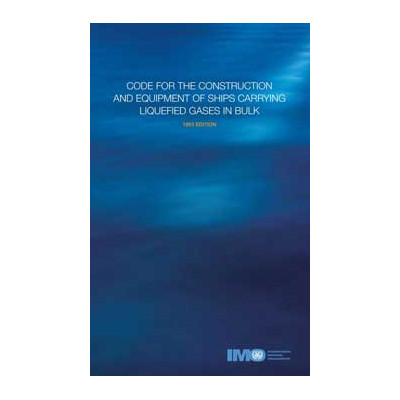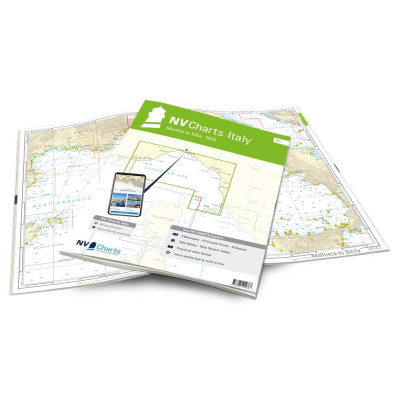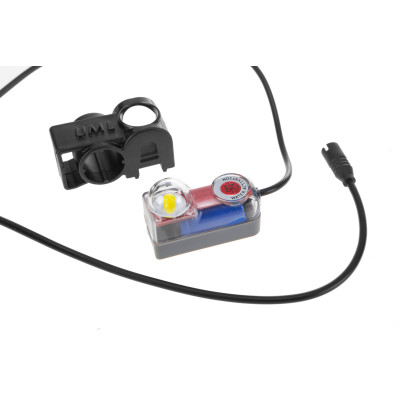Close arrow_back
- menu title
-
Custom Menu
add remove
-
Navigation
add remove
-
menu title
add remove
-
menu title
add remove
-
menu title
add remove
-
menu title
add remove
-
menu title
add remove
- menu title
-
Custom Menu
add remove
- Navigation add remove
-
menu title
add remove
-
menu title
add remove
-
menu title
add remove
-
menu title
add remove
-
menu title
add remove
Code for the Construction and Equipment of Ships Carrying Liquefied Gases in Bulk (GC Code), 1983 Edycja
The Code for the Construction and Equipment of Ships Carrying Liquefied Gases in Bulk (GC Code) was
developed to provide an international standard for the safe carriage by sea in bulk of liquefied gases
and certain other substances. To minimize the risks to ships involved in such carriage, to their crews and
to the environment, the Code prescribes the design and constructional features of such ships and the
equipment they should carry. The Code generally applies to ships built on or after 31 December 1976
but prior to 1 July 1986. This edition incorporates amendments 1 to 4, including a supplement containing
amendments adopted by resolution MSC.32(63) which came into force on 1 July 1998.
A supplement, Summary of Minimum Requirements of the Code, is included.
developed to provide an international standard for the safe carriage by sea in bulk of liquefied gases
and certain other substances. To minimize the risks to ships involved in such carriage, to their crews and
to the environment, the Code prescribes the design and constructional features of such ships and the
equipment they should carry. The Code generally applies to ships built on or after 31 December 1976
but prior to 1 July 1986. This edition incorporates amendments 1 to 4, including a supplement containing
amendments adopted by resolution MSC.32(63) which came into force on 1 July 1998.
A supplement, Summary of Minimum Requirements of the Code, is included.




















 Cookies
Cookies